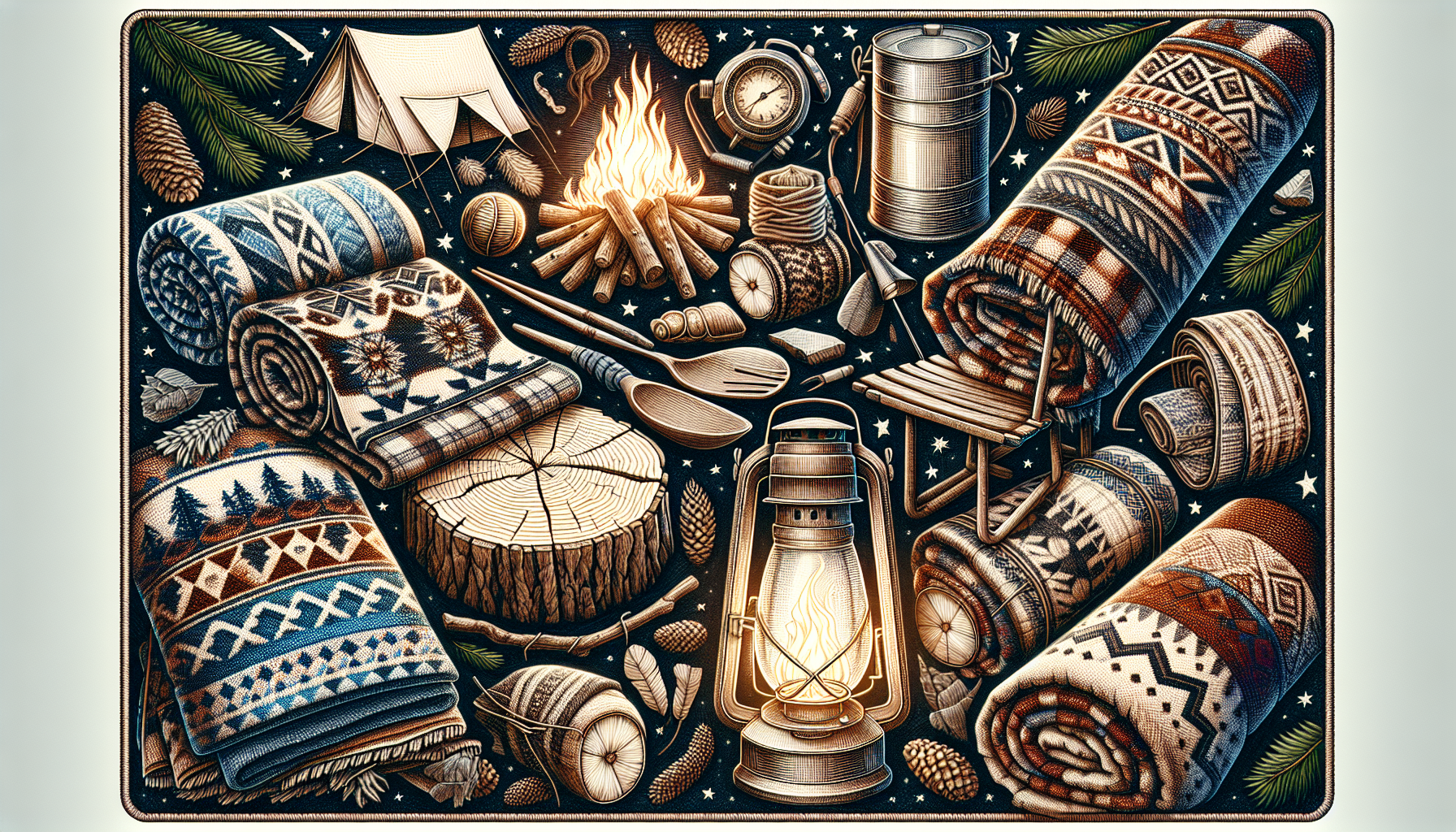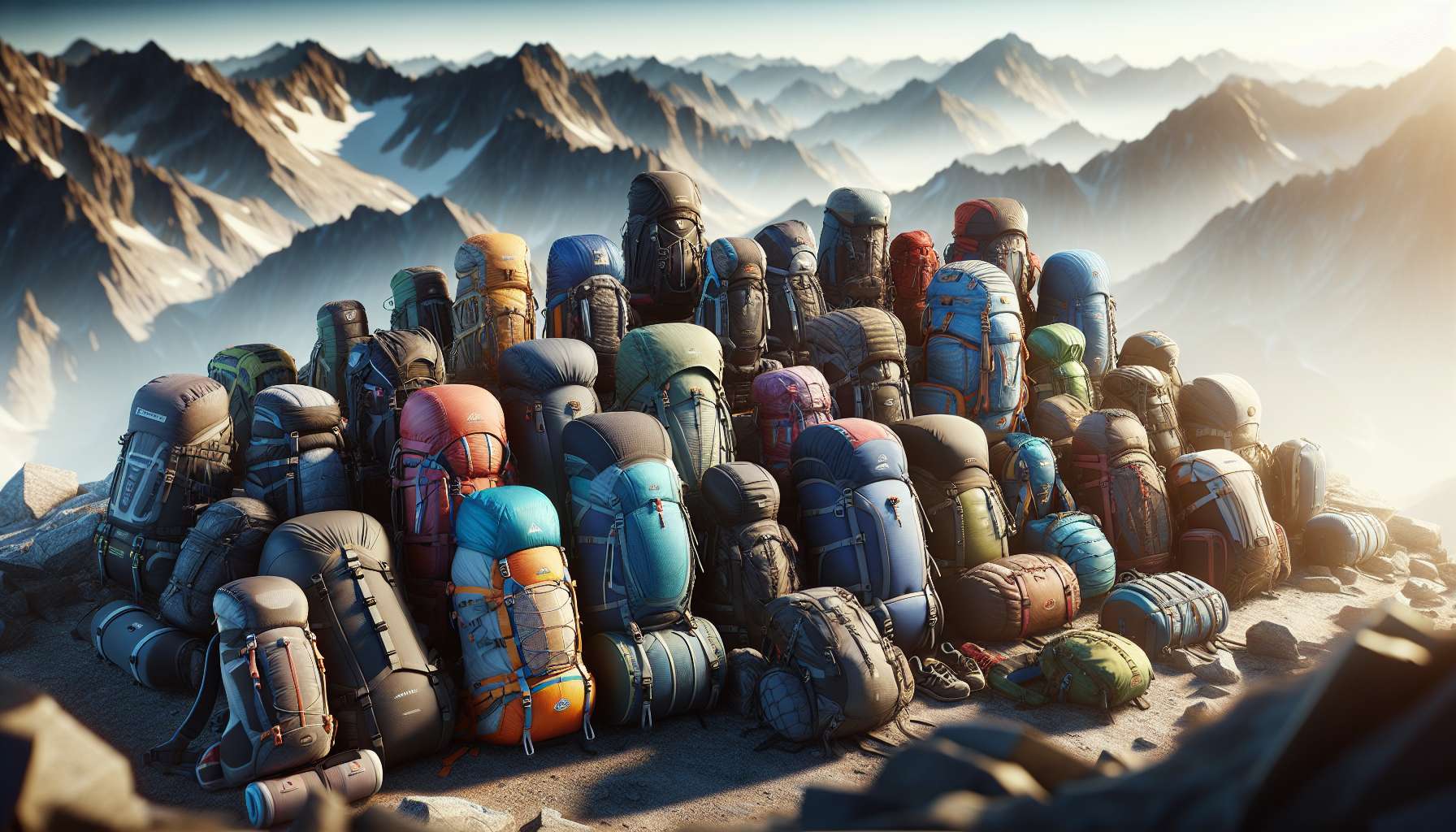Camping Blankets: Your Ultimate Guide to Cozy Outdoor Adventures
When it comes to camping, one essential item that often gets overlooked is the camping blanket. While many campers focus on tents, sleeping bags, and other gear, a good camping blanket can make a world of difference in your outdoor experience. Whether you’re snuggling up by the campfire, enjoying a picnic in the woods, or stargazing under the night sky, a quality camping blanket can provide warmth, comfort, and a touch of home away from home. In this comprehensive guide, we will explore everything you need to know about camping blankets, from their history and types to how to choose the best one for your adventures.
The History of Camping Blankets
Camping blankets have been around for centuries, evolving from simple animal skins and furs used by our ancestors to the modern, high-tech blankets we have today. In the early days of camping, explorers and pioneers relied on heavy wool blankets to keep warm in the wilderness. These blankets were durable, insulating, and versatile, making them a staple for outdoor enthusiasts.
As camping became more popular in the 19th and 20th centuries, manufacturers began producing specialized camping blankets designed for portability, warmth, and comfort. With the advent of synthetic materials like fleece, polyester, and down, camping blankets became lighter, softer, and more efficient at retaining heat. Today, camping blankets come in a variety of styles, sizes, and materials to suit different preferences and needs.
Types of Camping Blankets
When it comes to camping blankets, there are several types to choose from, each offering unique features and benefits. Some of the most common types of camping blankets include:
1. Wool Blankets

Wool blankets are a classic choice for camping, known for their excellent insulation and durability. Wool is naturally water-resistant, fire-retardant, and breathable, making it ideal for outdoor use. Wool blankets are also known for their softness and comfort, providing a cozy feel on cold nights.
2. Fleece Blankets

Fleece blankets are lightweight, soft, and quick-drying, making them a popular choice for campers. Fleece is a synthetic material that provides warmth without adding bulk, making it easy to pack and carry. Fleece blankets are also machine washable, making them easy to clean and maintain.
3. Down Blankets

Down blankets are filled with goose or duck down feathers, known for their exceptional warmth and insulation. Down blankets are lightweight, compressible, and highly packable, making them a great choice for backpackers and hikers. However, down blankets can be more expensive than other types and may lose their insulation when wet.
4. Emergency Blankets

Emergency blankets, also known as space blankets, are made of thin, reflective material that helps retain body heat in emergency situations. While not as comfortable or durable as other types of camping blankets, emergency blankets are extremely lightweight and compact, making them a valuable addition to any camping kit.
Choosing the Right Camping Blanket
When selecting a camping blanket, there are several factors to consider to ensure you choose the right one for your needs. Some key considerations include:
1. Material
Consider the material of the blanket, whether you prefer wool for warmth, fleece for softness, down for insulation, or emergency blankets for emergencies. Each material has its own advantages and disadvantages, so choose one that best suits your camping style and preferences.
2. Size
Think about the size of the blanket you need, whether you prefer a smaller, portable blanket for solo camping trips or a larger, family-sized blanket for group outings. Consider how you will be using the blanket and whether you need extra space for comfort and flexibility.
3. Weight
Packability and weight are important factors to consider when choosing a camping blanket. Lightweight blankets are easier to carry and transport, especially for backpacking and hiking trips. Look for blankets that are compact, compressible, and easy to store in your camping gear.
4. Insulation
Consider the level of insulation you need in a camping blanket, depending on the climate and weather conditions you will be camping in. Choose a blanket with the right warmth rating to keep you comfortable and cozy throughout your outdoor adventures.
5. Durability
Look for a camping blanket that is durable and long-lasting, able to withstand the rigors of outdoor use. Check the stitching, seams, and overall quality of the blanket to ensure it will hold up well over time. Investing in a high-quality, durable blanket can save you money in the long run.
Caring for Your Camping Blanket
Proper care and maintenance of your camping blanket are essential to ensure it stays in good condition and lasts for many camping trips to come. Here are some tips for caring for your camping blanket:
1. Follow the Care Instructions
Check the care instructions on your blanket for specific guidelines on washing, drying, and storing. Follow these instructions carefully to avoid damaging the material or affecting the insulation of the blanket.
2. Air Out Your Blanket
Air out your camping blanket regularly to prevent odors, mold, and mildew from forming. Hang the blanket outside on a sunny day to allow it to breathe and release any trapped moisture or odors.
3. Wash Your Blanket Properly
If your blanket is machine washable, use a gentle cycle and mild detergent to clean it. Avoid using harsh chemicals, bleach, or fabric softeners that can damage the material. For down blankets, use a front-loading washing machine to prevent clumping and ensure thorough cleaning.
4. Store Your Blanket Correctly
Store your camping blanket in a dry, clean place when not in use to prevent moisture, pests, and odors from affecting the material. Consider using a breathable storage bag or container to keep your blanket safe and protected between camping trips.
Expert Opinions on Camping Blankets
We reached out to several outdoor experts and camping enthusiasts to get their opinions on camping blankets. Here’s what they had to say:
1. Sarah, a seasoned camper and hiker:
“I always bring a fleece blanket with me on my camping trips. It’s lightweight, warm, and so cozy to snuggle up with after a long day of hiking. I can’t imagine camping without it!”
2. Mike, an outdoor gear reviewer and blogger:
“Down blankets are my go-to choice for camping in cold weather. They provide excellent insulation without adding bulk to my pack. Plus, they’re so soft and comfortable to sleep with under the stars.”
Common Misconceptions about Camping Blankets
Despite their popularity among campers, camping blankets are often misunderstood or underappreciated. Here are some common misconceptions about camping blankets:
1. Camping blankets are only for warmth:
While camping blankets are designed to provide warmth and insulation, they can also be used for picnics, beach outings, festivals, and other outdoor activities. Camping blankets are versatile and multi-functional, making them a valuable addition to any camping gear collection.
2. All camping blankets are the same:
There are many different types of camping blankets available, each with unique features, materials, and designs. It’s important to choose a camping blanket that suits your individual needs and preferences to ensure a comfortable and enjoyable camping experience.
Conclusion
To wrap things up, camping blankets are an essential piece of gear for any outdoor enthusiast. Whether you’re camping in the mountains, by the beach, or in the backyard, a good camping blanket can provide warmth, comfort, and a touch of home wherever you go. By choosing the right camping blanket for your needs, caring for it properly, and enjoying its many benefits, you can enhance your outdoor adventures and create lasting memories under the stars.




